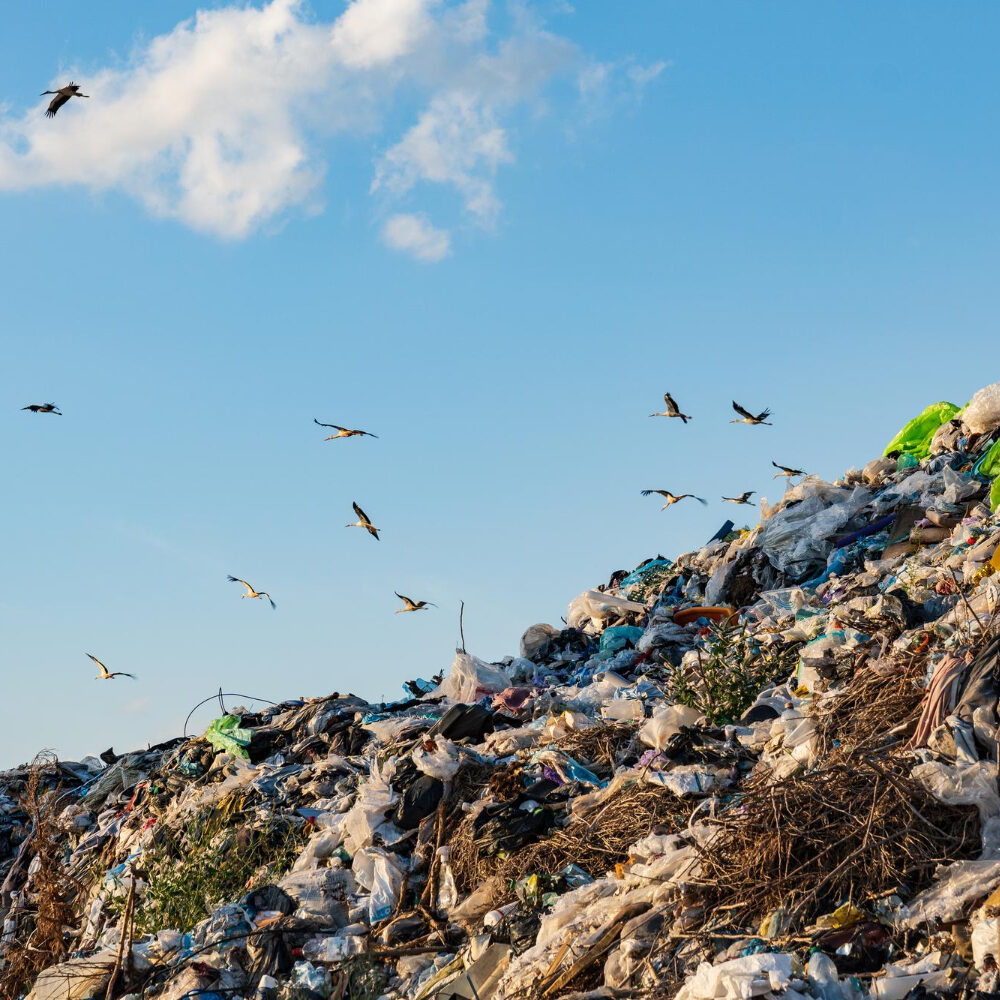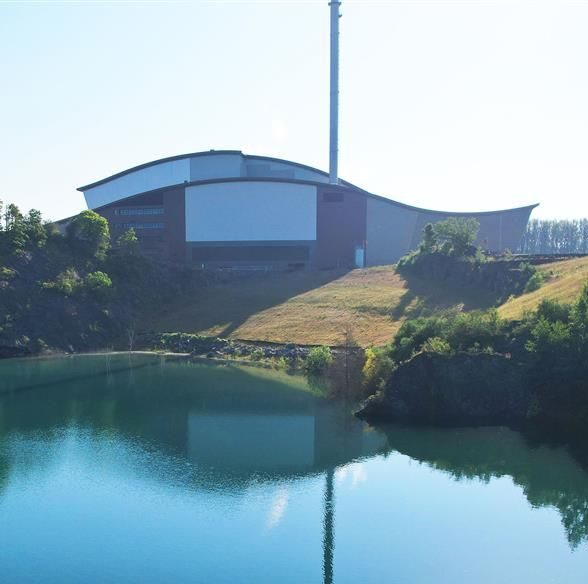From waste to resource: rethinking what we throw away

“The environmental, social, and economic consequences of food waste are profound…Investing in sustainable waste management — turning waste into compost, energy, or new value streams — is just as critical as food waste prevention”, Diana Butron argues in a recent article. Butron is a Research Assistant at the German branch of ESWET partner Global Waste-to-Energy Research and Technology Council (WtERT).
Diana Butron’s piece below originally appeared on WtERT’s website.
“According to the 2019 IPCC report on Climate Change and Land, food loss and waste are responsible for 8–10% of total global greenhouse gas emissions (in CO₂-equivalent terms). This isn’t just a climate issue: it represents economic losses of roughly US$1 trillion every year, wastes 25% of all water used in agriculture, and consumes 1.4 billion hectares of land to produce food that is never eaten.
In the European Union, food waste amounts to about 59 million tonnes annually, or 131–132 kg per person. Households are the primary culprits, responsible for over 54% of this waste — roughly 70 kg per person per year. In response, the European Commission has set ambitious targets to reduce food waste by 2030: a 10% reduction in processing and manufacturing, and a 30% per capita reduction in retail, food services, and households.
Germany alone generates approximately 10.8 million tonnes of food waste per year (2022), equating to around 78 kg per person, alongside 14.4 million tonnes of biowaste (2020). Of this biowaste, 2.6 million tonnes are home-composted, while 11.8 million tonnes are collected through municipal bio-bin systems. Since 2019, Germany has implemented a National Strategy for Food Waste Reduction, aiming to cut food waste by 50% by 2030 across the entire supply chain.
Meanwhile, in Mexico, food waste is even more pronounced — with an estimated 22.7 million tonnes discarded annually, or about 102 kg per person. Roughly 72% of this waste occurs early in the supply chain, while 28% is lost at the retail and consumer levels. Household food waste alone is estimated at 11 million tonnes. To put this into perspective: the beef wasted each week in Mexico could fill the Latin American Tower — a 44-story skyscraper — and the amount of vegetables discarded equals the size of over 1,100 Azteca Stadium fields. Though Mexico has launched a national strategy to reduce food waste, implementation remains inconsistent, with major gaps in data collection and enforcement.
The environmental, social, and economic consequences of food waste are profound. It drains precious resources like land, water, and energy, and worsens climate change, pollution, and biodiversity loss.
Preventing food waste at the source is only one part of the solution, as it cannot address the ongoing waste generation. That’s why investing in sustainable waste management — turning waste into compost, energy, or new value streams — is just as critical as prevention. In particular, thermal recycling plays a key role as a pollution sink, destroying persistent contaminants like microplastics, pharmaceuticals, and pathogens that would otherwise remain in compost or digestate and re-enter the environment.
Encouragingly, innovative models are showing what’s possible. Our recently published case study on a zero-food waste system for high-rise residential buildings in Korea demonstrates how food waste can be transformed on-site into high-quality compost even in densely populated environments — achieving zero food waste ending in landfill for 1451 households. This example highlights the potential of combining science, technology, and behavioural change to create scalable, practical and sustainable solutions.
We must move away from landfilling and low-value disposal toward circular approaches that recover nutrients, generate energy, and reduce harmful pollutants to a minimum. Effective waste management is about closing loops, protecting ecosystems, and creating value from what we once considered waste. The question is not whether we can act — but whether we will, and how quickly.”


